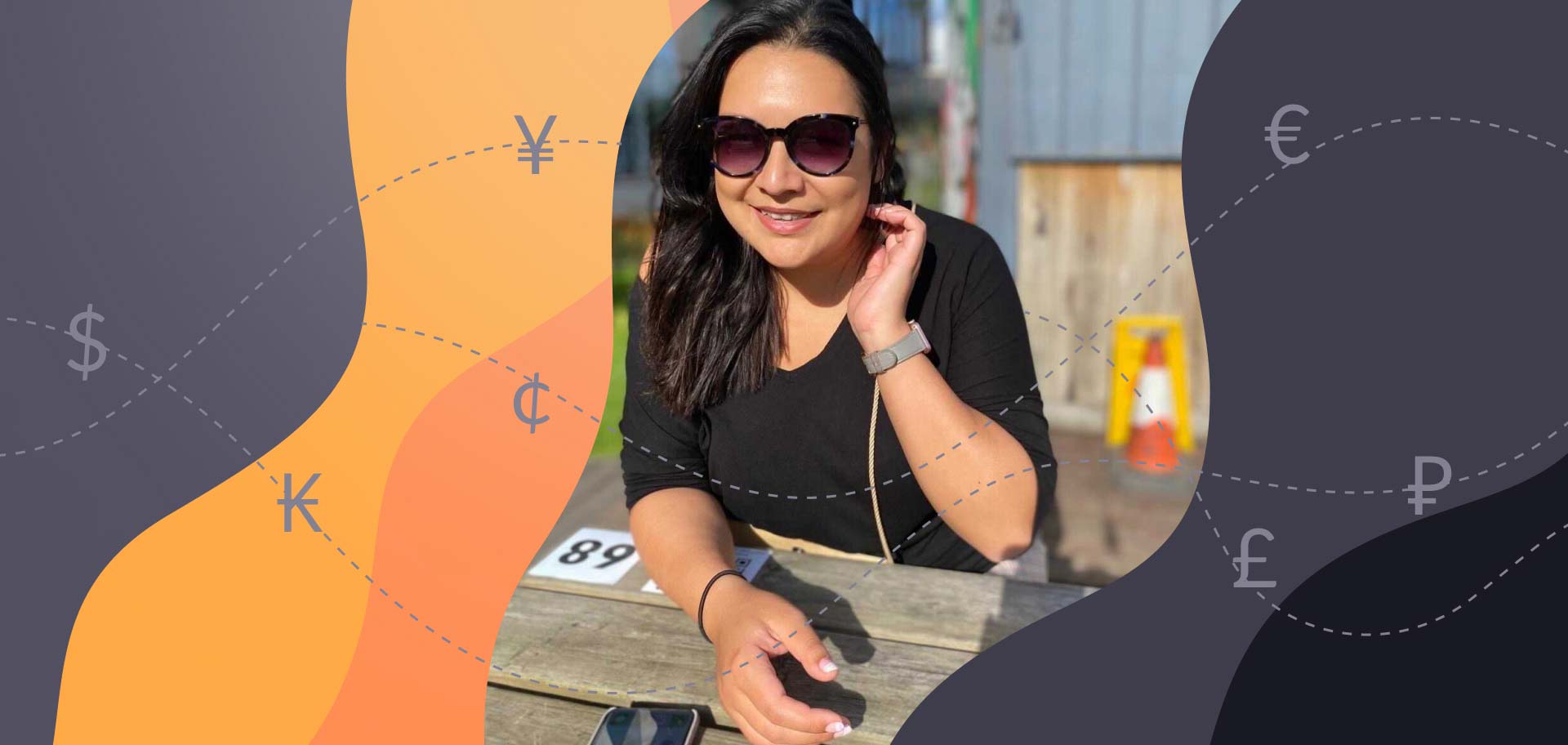Remember traveller’s cheques? And insane credit card charges when used abroad? It wasn’t so long ago that I went to South Africa for a month and had to go to a dodgy bureau de change, crossing my fingers for a reasonable rate. Or buy euros at the post office for a weekend trip to Spain.
Going home to Taiwan meant buying a duty-free bottle of whiskey for my uncle at Taoyuan airport. I paid for it with the Taiwanese dollars I had to have the forethought of bringing with me the year before – because I wanted to avoid card charges.
Cash is king?
The era of cash is king, I am relieved to say with some certainty, is dead – for me, at least!
My last two trips abroad really highlighted this for me. Going to Spain, I used my bank card that doubles as a travel card. Everywhere I went, including taxis, I would only pay with my phone linked to said card. Little cafes, souvenir shops, restaurants – everywhere accepted card payments.
It was only on my last day that the very last payment I made (taxi to the airport) required cash. The card machine had broken; we had to stop at an ATM on the way to the airport. I struggled to remember my PIN since I mainly use Apple Pay now.
A month later, as I boarded my flight back to the UK from Brazil, I was mentally calculating my expenses when I quickly realised I didn’t have to – everything I had paid for, I had paid with a card. A quick swipe up with my FaceID, and I was looking at my outgoings while in Brazil (I bought a LOT of Havaianas).
A cashless life
It took me a moment to realise, but this was the first time I went to a country, and I didn’t learn what their cash looked like. It was the first time I didn’t have a wallet full of coins I didn’t know how to count. Although sadly, this also meant I couldn’t donate my remaining cash to the airline charity envelope. The era of saving loose change as souvenirs is over.
I guess I can be a bit sentimental. I will miss the little things that cash brought, like getting money in a birthday card from my grandparents, tipping the change that was returned after a coffee and cake, going through the family piggy bank with all the different currencies in there, guessing from where they were.
And, mostly, I will miss using all the Dutch guilders to play a complicated card game with my grandmother. I spent countless afternoons with her and my sister, playing cards and losing (badly) to them. Those are the memories that I will cherish – not the cash.
Goodbye cash
Cash has stood the test of time. For more than 2000 years, it has helped us grow and advance. It taught us how to value items and services. Without cash, we wouldn’t be where we are today. And while the nostalgia will take some time to dissipate, it must be about time to say goodbye.
So long, farewell, auf wiedersehen, goodbye. Just like we’ve said goodbye to the black-and-white TV, DVD players and even AM radio alarm clocks, it’s now time to say goodbye to cash.
While arguably it’s been around much longer than any of those now-extinct tech gadgets, the era of digitalisation means that physical items are being phased out. Even the metaverse is now expanding at a rate that most people don’t understand – we’re still playing catch-up with Web 3.0!
While part of me will look back fondly, I eagerly anticipate my next trip abroad and ask myself not just if my next trip will be entirely cashless – but also how much money will I save?
Read more:
When was the last time you paid for something in cash?
Download our analysis:
The brave new world of post-pandemic payments










